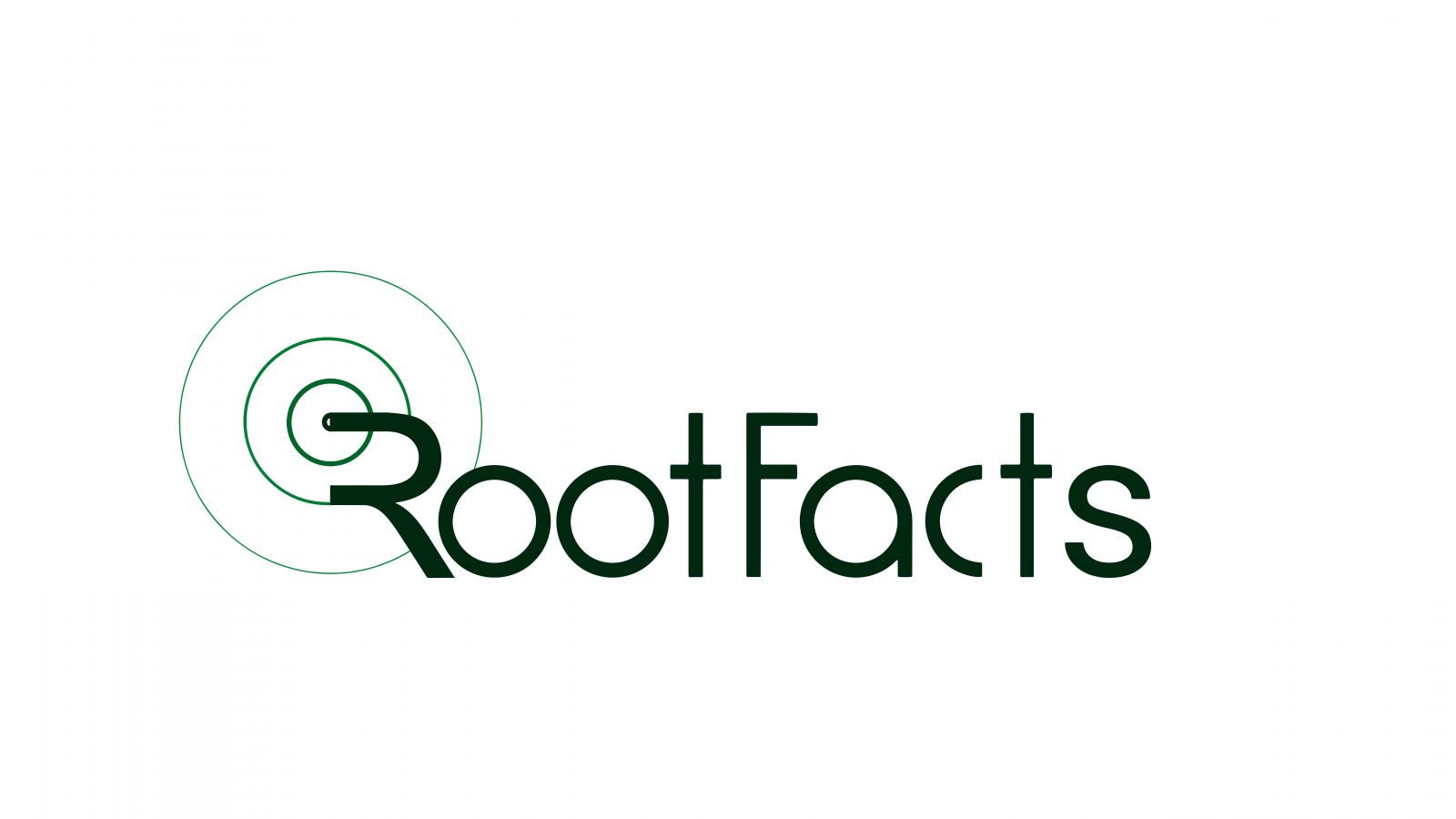Case Study 1
Smart Manufacturing for Optimized Production and Reduced Waste
Challenges
Traditional textile manufacturing relies on manual monitoring and static production lines, leading to inefficiencies and material waste. Textile companies struggle to optimize production processes and minimize fabric waste during cutting and sewing stages.
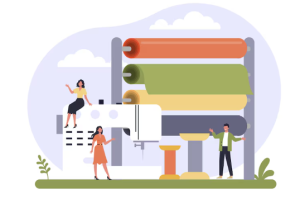
Solutions
A textile company can implement an IoT-based smart manufacturing system. This system utilizes sensors embedded in fabrics and machinery. Sensors on fabric rolls can track material usage and provide real-time data on remaining inventory. Sensors on cutting machines can optimize cutting patterns to minimize waste based on specific garment designs. This data is transmitted to a central platform for analysis and process optimization.

Benefits
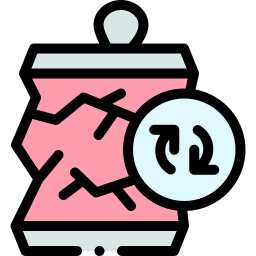
Reduced fabric waste through optimized cutting patterns and real-time inventory management.
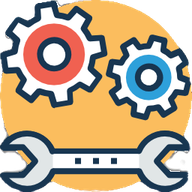
Increased production efficiency with data-driven insights for machine and process optimization.

Improved quality control with real-time monitoring of production processes.
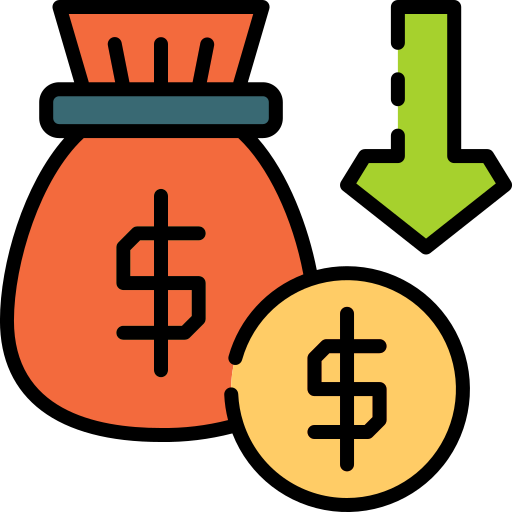
Reduced operational costs due to minimized waste and improved production efficiency.
Case Study 2
Enhanced Supply Chain Visibility with Track and Trace Technology
Challenge
Traditional textile supply chains lack real-time visibility into the movement of raw materials, finished goods, and products in transit. Textile companies struggle to track inventory throughout the supply chain and ensure timely delivery.
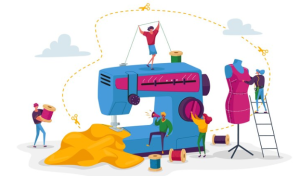
Solution
A textile company can integrate Radio Frequency Identification (RFID) tags or GPS trackers with their products and raw materials. These tags can be scanned at various stages of the supply chain, providing real-time data on location, temperature, and humidity conditions. This data is transmitted wirelessly to a cloud platform for visualization and analysis.

Benefits
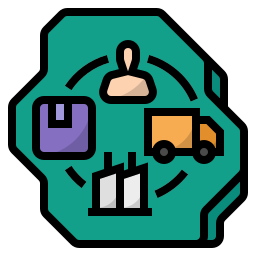
Improved supply chain visibility with real-time tracking of inventory movement
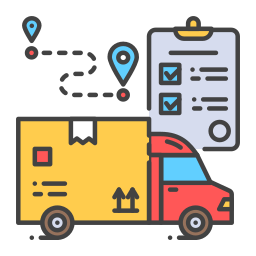
Enhanced delivery logistics and optimized transportation planning based on real-time data.

Reduced risk of product theft or loss during transportation.

Improved customer satisfaction with accurate delivery information and potential for faster deliveries.
Case Study 3
Smart Clothing with Embedded Sensors for Personalized Comfort and Performance
Challenge
Traditional clothing offers limited functionality and lacks data on user behavior or activity levels. Textile companies are missing opportunities to develop innovative clothing with added value for consumers.
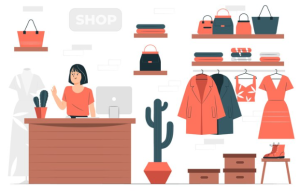
Solution
A textile company can develop smart clothing with embedded sensors that track factors like temperature, humidity, and even body movement. This data can be transmitted to a user’s smartphone app and provide insights into comfort levels and activity performance. Based on this data, the clothing can even adjust ventilation or heating features automatically for optimal comfort.
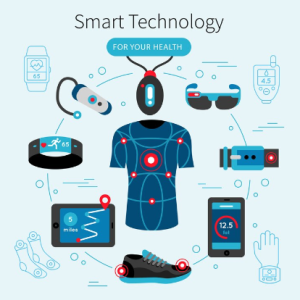
Benefits

Development of innovative and functional clothing that caters to user needs and preferences.

Enhanced user experience with personalized comfort features and performance tracking.
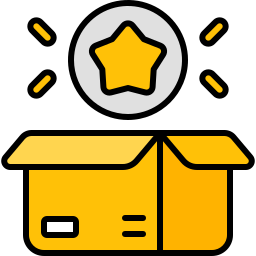
Potential for increased brand loyalty and customer satisfaction with unique product offerings.
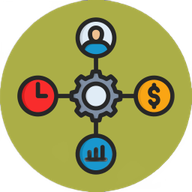
New opportunities for data-driven product development in the field of smart textiles.
These cases highlight how textile companies can leverage IoT technology to address various challenges in production, supply chain management, and product development. By implementing IoT solutions, textile companies can optimize processes, minimize waste, gain valuable data insights, and ultimately deliver innovative and functional products to their customers.
